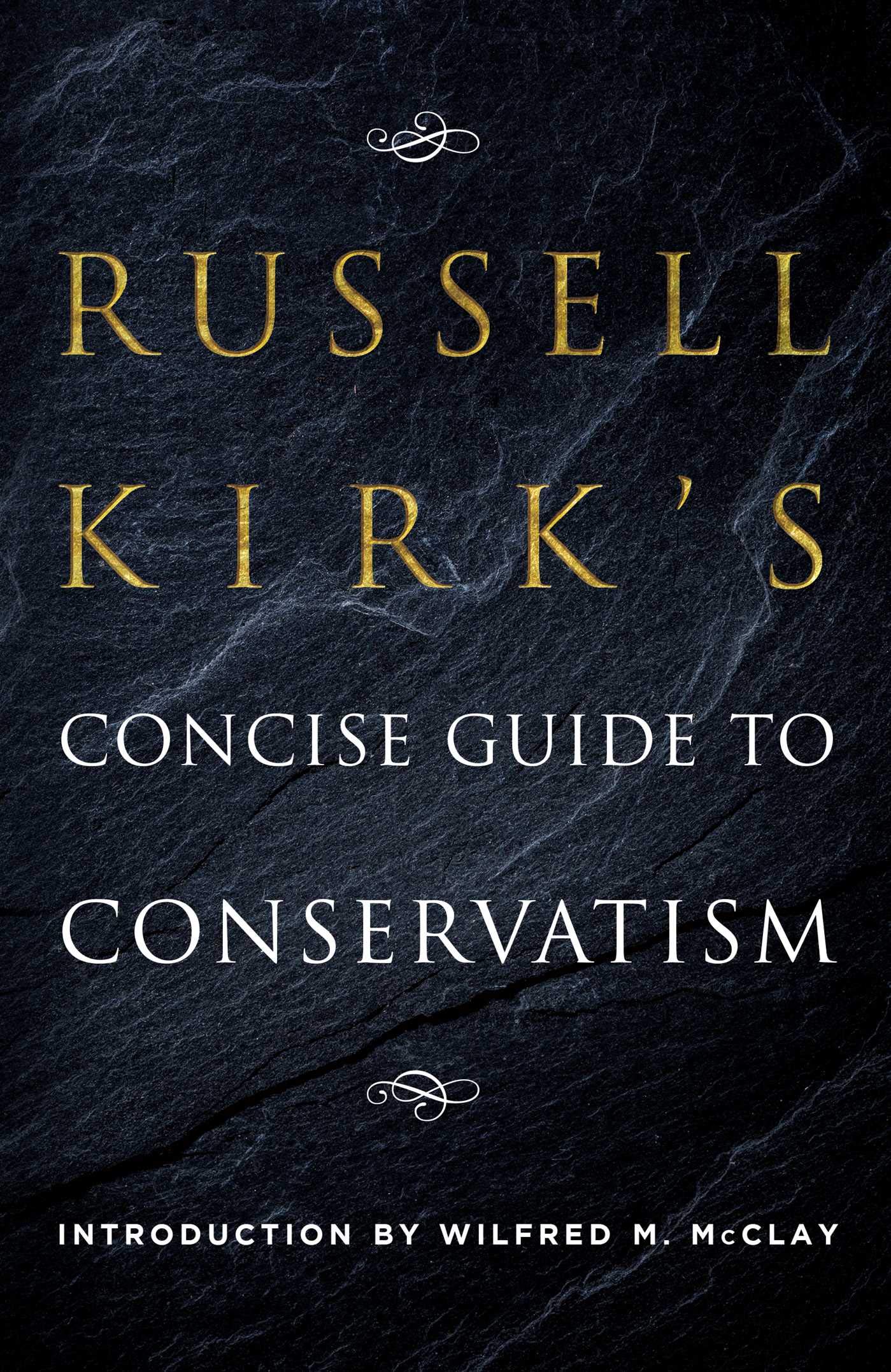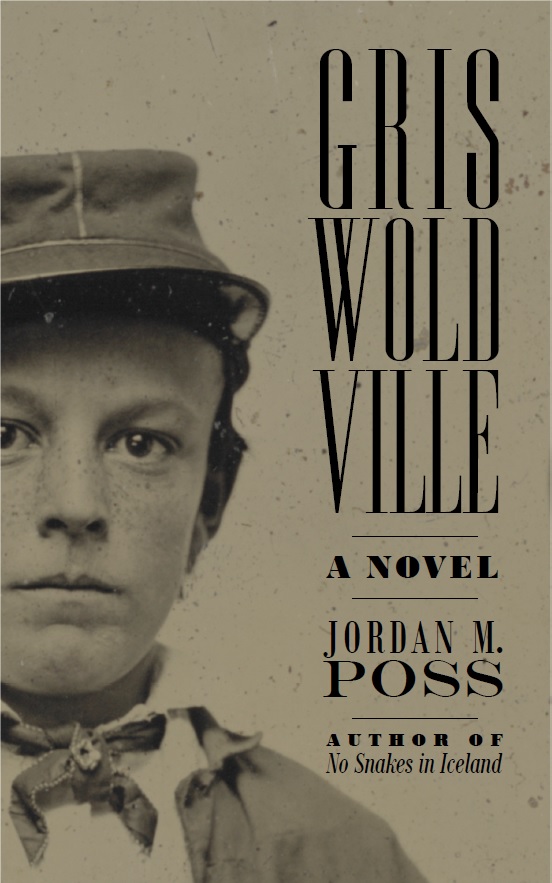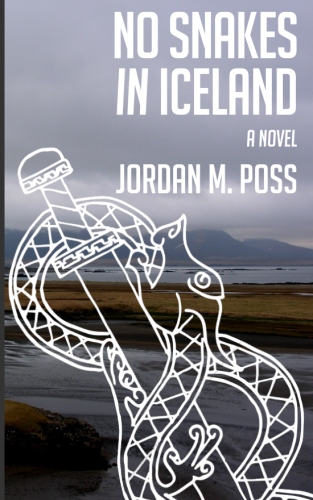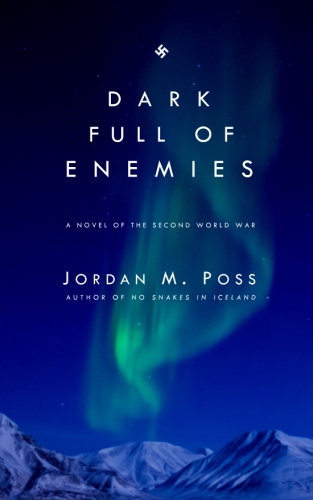I’ve been revisiting a few passages from past reading that have meant and continue to mean a lot to me, bridging as they do the two things to which I’ve devoted my life: history and writing fiction.
From GK Chesterton’s 1925 book The Everlasting Man, a passage I’m almost certain I’ve shared here before:
No wise man will wish to bring more long words into the world. But it may be allowable to say that we need a new thing; which may be called psychological history. I mean the consideration of what things meant in the mind of a man, especially an ordinary man; as distinct from what is defined or deduced merely from official forms or political pronouncements. I have already touched on it in such a case as the totem or indeed any other popular myth. It is not enough to be told that a tom-cat was called a totem; especially when it was not called a totem. We want to know what it felt like. . . . That is the sort of thing we need touching the nature of political and social relations. We want to know the real sentiment that was the social bond of many common men, as sane and as selfish as we are. What did soldiers feel when they saw splendid in the sky that strange totem that we call the Golden Eagle of the Legions? What did vassals feel about those other totems, the lions or the leopards upon the shield of their lord? So long as we neglect this subjective side of history, which may more simply be called the inside of history, there will always be a certain limitation on that science which can be better transcended by art. So long as the historian cannot do that, fiction will be truer than fact. There will be more reality in a novel; yes, even in a historical novel.
That parting shot is there to keep us historical novelists humble. It’s also hilarious.
From Richard Weaver’s essay “Up from Liberalism,” published in Modern Age in 1958:
In the meantime, I had started to study the cobwebs in my own corner, and I began to realize that the type of education which enables one to see into the life of things had been almost entirely omitted from my program. More specifically, I had been reading extensively in the history of the American Civil War, preferring first-hand accounts by those who had actually borne the brunt of it as soldiers and civilians; and I had become especially interested in those who had reached some level of reflectiveness and had tried to offer explanations of what they did or the manner in which they did it. Allen Tate has in one of his poems the line “There is more in killing than commentary.” The wisdom of this will be seen also by those who study the killings in which whole nations are the killers and the killed, namely, wars. To put this in a prose statement: The mere commentary of a historian will never get you inside the feeling of a war or any great revolutionary process. For that, one has to read the testimonials of those who participated in it on both sides and in all connections; and often the best insight will appear in the casual remark of an obscure warrior or field nurse or in the effort of some ill-educated person to articulate a feeling.
Weaver isn’t directly concerned with fiction here, but his sentiments broadly parallel those of Chesterton above. I’m reminded as well of the late great Sir John Keegan’s introduction to The Face of Battle, his seminal examination of that “more in killing,” a heavy influence on my own grad work at Clemson:
Historians, traditionally and rightly, are expected to ride their feelings on a tighter rein than the man of letters can allow himself. One school of historians at least, the compilers of the British Official History of the First World War, have achieved the remarkable feat of writing an exhaustive account of one of the world’s greatest tragedies without the display of any emotion at all.
Per Weaver and Keegan, you can get a bone-deep understanding from a memoir like Sledge’s With the Old Breed, Fraser’s Quartered Safe out Here, or Guy Sajer’s The Forgotten Soldier that you can’t from top-down histories of the campaigns those authors lived through. They are less concerned with how these things happened but are blistering hot answers to the central question: What was it like?
From Cass Sunstein’s 2015 Atlantic essay “Finding Humanity in Gone With the Wind”:
Nonetheless, Gone With the Wind should not be mistaken for a defense of slavery or even the Confederacy. Mitchell is interested in individuals rather than ideologies or apologetics. She parodies the idea of “the Cause,” and she has no interest in “States’ Rights.” She is elegiac not about politics, but about innocence, youth, memory, love (of all kinds), death, and loss (which helps make the book transcend the era it depicts). . . .
Gone With the Wind is a novel, not a work of history, and what it offers is only a slice of what actually happened. But as Americans remember the war and their own history, they have an acute need for novels, which refuse to reduce individual lives to competing sets of political convictions. That is an important virtue, even if one set of convictions is clearly right and another clearly wrong. In fact that very refusal can be seen as a political act, and it ranks among the least dispensable ones.
To tie these disparate commentators loosely together, Keegan—a great military historian who, because of a childhood illness and resulting disability, never personally saw combat—writes in The Face of Battle that “the central question” of the military historian is “What is it like to be in a battle?” A corollary question is “its subjective supplementary, ‘How would I behave in a battle?’” This question moves the discussion immediately from facts to imagination. While both the rigorous histories—Chesterton’s “official forms and political pronouncements,” Weaver’s “mere commentary of a historian,” Sunstein’s “ideologies [and] apologetics”—and the “psychological” ones built “to get you inside the feeling” of a time and place are both concerned with conveying truth through narrative, one is better at outlining events from on high and the other will convey Keegan’s “central question”: What was it like?
This tension runs right through both academic historical work, especially narrative history, and the creation of fictional or based-on-a-true-story narratives set in the past. Compare what I’ve written here before about the perspective war movies take.
The crucial thing all four of these writers drive at is understanding. They want us to get into—in Chesterton’s wonderful phrase—“the inside of history.” Good fiction performs that role heroically, enlivening the imagination and bringing the reader into a lost world the way nonfiction rarely can.
Note that I’ve chosen to describe this as understanding and not the milquetoast modern virtue of empathy, with its hints of uncritical acceptance, tolerance, and fundamental relativism. This is a fine distinction, but an important one, one that could carry the weight of quite a long essay. Perhaps someday. Understanding is critical; understanding is discriminating; and understanding is compassionate. It can be all of these things because it turns willingly toward what it looks at and receives it as knowledge. It is not the apathetic blind eye of empathy. Look no further than Sunstein’s essay on Gone With the Wind, in which he critiques the novel and its author at length while still holding it up as a window into understanding a different time and place—two different times and places, in fact, viewing the novel as an artifact of Margaret Mitchell’s time.
To understand all may not be to forgive all, but it is to touch brains and to see a shared humanity—common weaknesses, foibles, and, just occasionally, virtues—with people who are deeply unlike us, people we are tempted to dismiss. That applies to both the living and the dead. And if, as I’ve written earlier this semester, bigotry is ultimately a failure of imagination, we need all the good historical fiction we can get.













